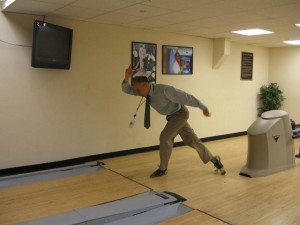This is completely crazy, not to mention abusive. A ninth-grader is committing to a college because of a soccer scholarship. It verges on the immorality of arranged child marriages: this kid spent almost every evening in eighth grade talking to coaches instead of doing homework (or having fun!). The whole story is worth a read, as it shows how this madness isn’t even good for soccer itself, never mind the players.
No fourteen-year-old (putting aside prodigies who have already blown away their high school courses) can possibly know what college, or what kind of college, will be the best fit for her four-years-older and -more-experienced self. Period. What if she decides she wants to be an engineer and CalTech starts to look attractive, or a singer and discovers Berklee, or for that matter decides rugby is more fun than soccer? She can ditch the UTA scholarship and go elsewhere, but will she even explore those things if she’s spending her whole high school career assuming her die is cast, taking her commitment seriously, and living on a playing field? What if she gets hurt in her senior year and didn’t get the GPA that would put her on a good career track that uses the inside of her head?
This industry is deeply and pervasively sick. The presidents — yes, and AD’s -who allow it to go on as it is are simply contemptible and cowardly. And Ms. Berg’s parents could spend some quality time thinking about their responsibilities, too.

